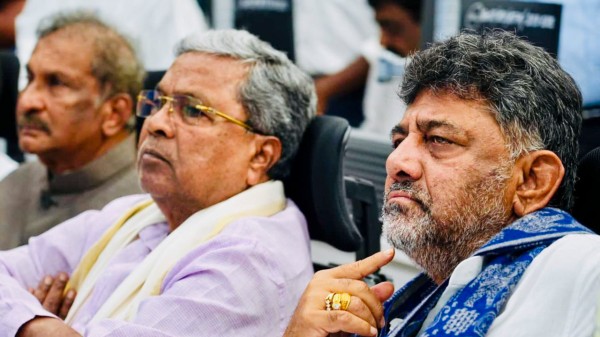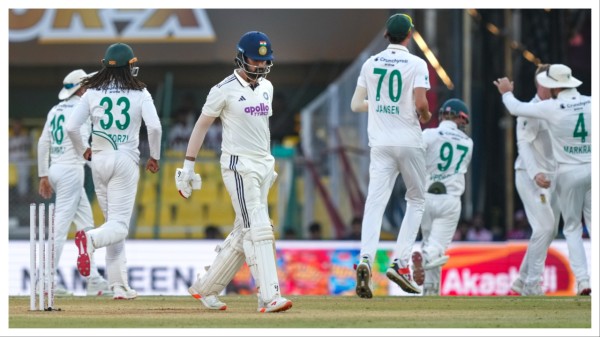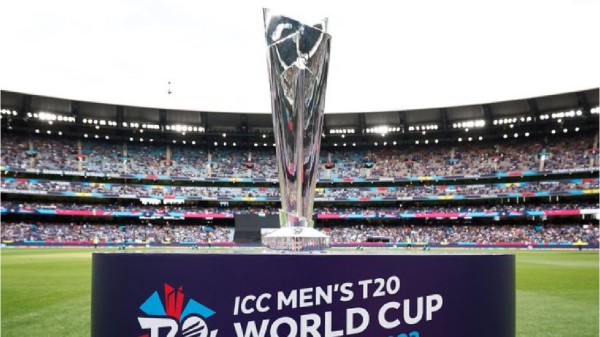

By signing in or creating an account, you agree with Associated Broadcasting Company's Terms & Conditions and Privacy Policy.


By signing in or creating an account, you agree with Associated Broadcasting Company's Terms & Conditions and Privacy Policy.

New Delhi: The Supreme Court on Friday came out in defence of Sumeet Sabharwal, the late pilot of Air India plane that crashed in June in Ahmedabad, and told his father that nobody can blame his son for the incident and that he should not carry the burden of guilt. Sumeet Sabharwal was the pilot-in-command of the ill-fated Air India plane that crashed in Ahmedabad in June, killing 260 people.
The top court also sent a notice to the Centre and the Directorate General of Civil Aviation (DGCA) on a plea filed by Sumeet Sabharwal's father seeking judicial inquiry into the Ahmedabad plane crash. The Union Civil Aviation Ministry and other stakeholders have also been asked to respond within four weeks.
'No one can blame him for anything'
Pushkaraj Sabharwal had filed the petition seeking the formation of a judicial committee to look into the crash incident. He demanded a fair, transparent, and technically sound investigation into the Air India Boeing 787-8 Dreamliner crash. The Federation of Indian Pilots (FIP) has also filed a petition with the same demand.
The Supreme Court stated that while it is extremely unfortunate that the accident occurred, the father should not bear the burden of blaming his son. "No one can blame him for anything," the apex court observed.
Justice Surya Kant, while scheduling the next hearing for November 10, said that no one in India believes that it was the pilot's fault.
SC slams Wall Street Journal report on Air India crash
The petitioner's lawyer said that the Wall Street Journal had published an article based on the investigation and blamed Sumeet Sabharwal for the crash. The bench replied that it was not bothered by foreign reports, stating that “it was nasty reporting only to blame India.”
Why petitioners moved SC
The petitioners moved the top court after the Aircraft Accident Investigation Bureau (AAIB) in its preliminary report released in July said fuel supply to both engines was cut off shortly after takeoff.
According to the AAIB report, just few second after the take-off, the two fuel control switches were abruptly moved to the “cut-off” position in quick succession. The switches were turned back on about 10 seconds later, but the engines had already flamed out, triggering total power loss and leading to the crash, the report said.
The London-bound flight crashed shortly after taking off from the Ahmedabad airport on June 12, killing all 12 crew members and 229 of the 230 passengers aboard. The plane crashed into the hostel of a medical college, killing 19 people who were near the premises.












